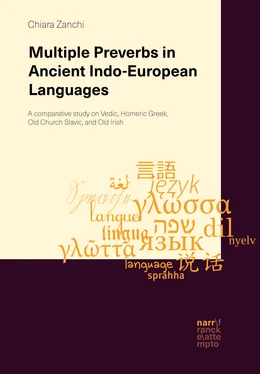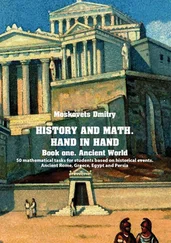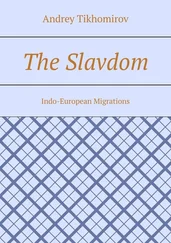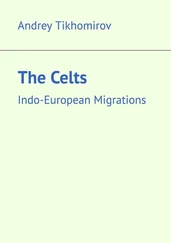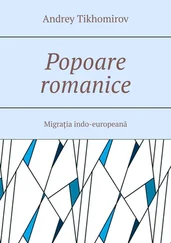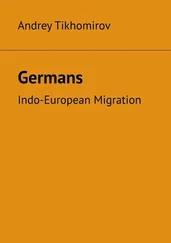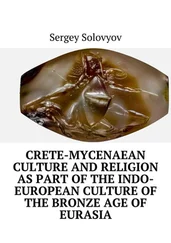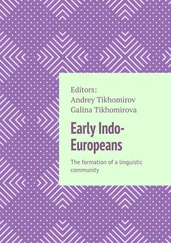As Papke (2010: 4) shows, in works on Old Indo-Aryan, the morphemes under discussion are named in very different ways, arguably owing to the functional ambiguity that they exhibit in the oldest varieties of this branch: Präpositionen ‘prepositions’ (Delbrück 1888); “adverbial prepositions” (Macdonell 1910, 1916); “words of direction”, “elements of an adverbial character”, “the so-called prepositions”, “verbal prefixes” (Whitney 1955[1879]; Kulikov 2012); “preverbs”, or even “semi-autonomous verbal morphemes” (Kulikov 2012); and Lokalpartikeln ‘local particles’ in the various publications by Hettrich, Casaretto, and Scheider (cf. Chapter 4, Table 8 for exact references). Each among these terms points out a specific aspect of these morphemes: their ability to modify nouns ( Präpositionen , “adverbial prepositions”, “the so-called prepositions”), their etymological spatial meaning (“words of direction”), their original syntactic autonomy (“elements of an adverbial character”, “semi-autonomous verbal morphemes”), or their preverbal placement (“verbal prefixes”). Interestingly, no author describes these morphemes as “postpositions”, though the Indo-Aryan branch later on develops secondary postpositions (cf. fn. 15 in this Chapter; Reinhöl 2016; Chapter 4). In the Indian grammatical tradition (e.g. in Pāṇini’s Aṣṭādhyāyī ), the category of upa-sargas 'placed before' also includes the prefixes dus- and su- , which express 'negativity' and 'positivity' respectively, and do not belong with preverbs proper.
As Pompeo (2002) remarks, Chantraine (1953), in his Homeric grammar, tends to use the term prépositions ‘prepositions’, which is the one generally used in the literature on Ancient Greek. As Chantraine (1953: 82) already pointed out, the label pré-position , a calque from the Greek term pró-thesis ( pro- ‘in front of, forth’+ a derivative from the root *d heh 1- ‘put’), is inadequate, as it is a cover term that comprises petits mots invariables ‘small uninflected words’, which specify the value of cases and are variably used as adverbs, preverbs or adpositions. Nevertheless, Chantraine only switches to the label particules ‘particles’ in the passages in which he discusses the adverbial origins of these morphemes (Chantraine 1953: 82ff.).
The term “particle” is often regarded as especially confusing because of its lack of precision. This issue is clearly discussed by Schourup (1999: 229): the term “is sometimes used to refer to elements of those traditional word classes that are uninflecting (‘invariable’), such as conjunctions, prepositions, interjections, and adverbs; at other times it is applied to all invariables except adverbs, conjunctions, and prepositions (see Hartmann 1994: 2953); more often, though, […it] is applied to items that do not fit easily into any well-established word class.” A number of authors, such as Hettrich and colleagues, try to remedy such inspecificity by adding the modification Lokal- ‘locative’ . Horrocks (1981) and Luraghi (2003) also opt for “local particle”, whenever they do not want to specify the part of speech of these small uninflected words. However, the term “local particles” can also be ambiguous: in Hittite, for example, this label is employed to describe a specific class of P2 clitics, which result from a grammaticalization process undergone by Proto-Indo-European ADVs-ADPs-PREVs (cf. Luraghi 2001; fn. 15 in this Chapter).
In works on Slavic, the term “verbal prefixes” is the most widespread, based on the fact that preverbs have shown the status of bound morphemes since the earliest attestations of this branch (i.e. tmesis is not attested; cf. Chapter 6). The term “prefixes” usually comprises more items than the ADVs-ADPs-PREVs category, so as to include other types of preverbal morphemes such as the negation ne- . The same applies to the term “preverbs” in the literature on Old Irish, in which “preverb” is a catch-all term for all morphemes occurring in preverbal position, including the negation, and the paradigmaticized perfective marker ro- (VGK II; Vendryes 1923; Lewis & Pedersen 1961[1937]; grammaticalized ro- is instead called “augment” in McCone 1997, 2006). As their Ancient Greek counterparts, Old Irish ADVs-ADPs-PREVs are frequently called “prepositions” as well (e.g. Pokorny 1914; GOI).
Preverbs also represent a terminological challenge because of the variety of functions that preverbal morphemes of different origin exhibit outside Indo-European. As Schultze-Berndt (2003: 145–146) points out, this issue surfaces in the literature on Northern Australian languages: along with the terms “preverb” and “verb” , various others are also employed by some authors, but none is generally accepted to date. Without elaboratiang upon the functions of preverbal morphemes in Northern Australian languages (cf. Section 3.3), it is sufficient to illustrate the range of terminological variation: Table 4 charts the selection of terms provided by Schultze-Berndt referring to the elements that constitute the Northern Australian verbal complex.
| UNINFLECTING ELEMENT |
INFLENCTING ELEMENT |
REFERENCES |
| Preverb |
Verb |
Nash 1982, 1986; Simpson 1991 |
| Verbal particle |
Verb/Auxiliary |
Hoddinott & Kofod 1976; Merlan 1994 |
| Coverb |
Verb |
Kofod 1996; Wilson 1999; Carr 2000; Schultze-Berndt 2000, 2001 |
| Uniflecting verb |
Inflecting verb |
McGregor 2002 |
| Participle |
Finite verb |
Cook 1988 |
| Base |
Auxiliary |
Capell 1979 |
| (Main) verb |
Auxiliary |
Reid 1990; Walsh 1996 |
Tab. 4: Terms employed for the elements of Northern Australian complex verbs (adapted from Schultze-Berndt 2003: 146)
In addition, while the label “preverbs” is broadly accepted as adequate to define the preverbal morphemes of Algonquian languages (cf. Section 3.3), such term is far from being precise. Accordingly, a number of scholars call all elements that appear before a verb preverbs, while others restrict the definition based on semantic, functional, or etymological criteria.
3.1.4.2. Terminology adopted in this work
As this work deals with different ancient Indo-European languages, including Vedic, Homeric Greek, Old Church Slavic, and Old Irish, in which these morphemes exhibit quite different statuses and behaviors, terminological choices turned out to be particularly problematic: specifically, non-neutral terms such as “place words” or “prefixes” would be particularly inadequate. For example, “place words” as well as “local particles” are inadequate to name Slavic and Old Irish preverbs, which are quite advanced in their grammaticalization and lexicalization processes, and thus only infrequently show mere spatial semantics. Conversely, the label “prefixes” is adequate for Slavic, in which preverbs exhibit the morphological status of bound morphemes. However, this choice would be totally confusing for Vedic and Homeric Greek, in which preverbs partly retain their syntactic independence, and partially misleading for Old Irish, in which the outermost preverb holds instead a clitic status.
Therefore, I opted for what I regard as the most neutral terminological choices. The morphemes belonging to the category of ADVs-ADPs-PREVs are called “preverbs” (also in tmesis position), unless clearly noun-oriented. If noun-oriented, these morphemes are variably called “adpositions”, “prepositions” or “postpositions”. Preverb-verb combinations of all languages are referred to as “composites”, rather than “compounds”, as the latter term usually implies a certain degree of univerbation.1 In Vedic and Homeric Greek, however, it is not the case that these preverb-verb combinations actually represent single words in all contexts: thus, the term “composites” seems to me more appropriate due to its neutrality as to univerbation.
Читать дальше
